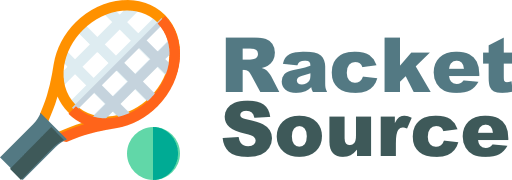The foam construction makes them safe to use indoors or outdoors. MEETS USTA/ITF STAGE 3 SPECIFICATIONS: These tennis balls are rated as Stage 3 balls by the USTA/ITF, making them a great option for tennis for children 10 and under playing on 36′ courts.
Then, what are foam tennis balls used for?
The size and shape make it possible to teach hitting and volleying normally, perfectly replicating real tennis-ball behavior. They’ll even bounce and play off the racquet like a real ball! The soft and spongy nature of these balls inspires confidence and alleviates any fears students may have about playing tennis.
Transition Tennis Balls are specifically designed to help youth players who are just beginning and learning the sport.
Likewise, people ask, what surface is best for a tennis ball?
The hard courts are the actual hardest surface to play tennis. However, it gets the name from being the hardest on the tennis ball. The density of the court makes the balls bounce the highest on these surfaces. As a result, the best type of balls for these courts is the extra heavy-duty ones like Penn Championship.
Are there quiet pickleball balls?
The Gamma Foam Quiet Pickleball is the solution for players who want a quieter game. Instead of plastic, these balls are made of a quiet foam. These balls aren’t approved for tournament play and will play slightly differently than plastic balls.
What is pressureless tennis ball?
What are Pressureless Tennis Balls? … Pressureless tennis balls wear down with use, softening the rubber core inside and eventually resulting in a ball that’s actually bouncier than pressurized versions. Pressureless tennis balls are durable and heavier. As a result, they generate less spin and require more force to hit.
